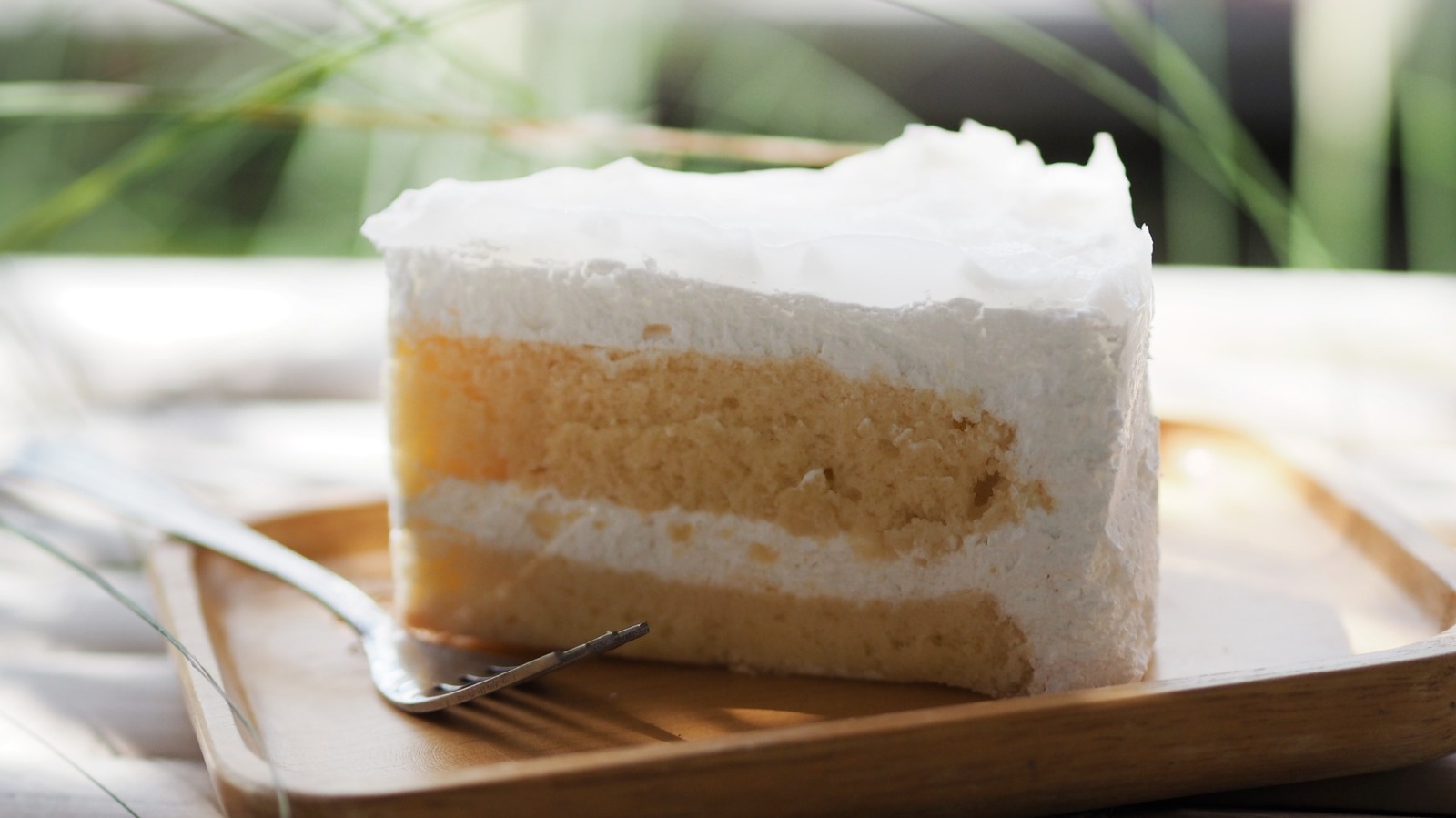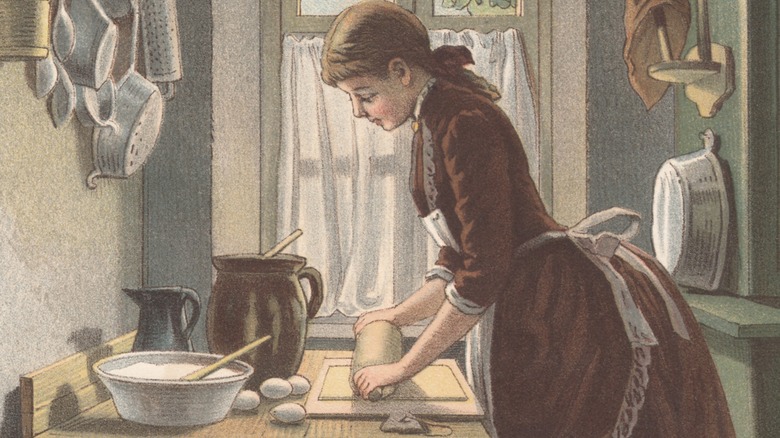Red velvet cake may be a beloved staple in American bakeries, but it might just be an offshoot of its lesser-known cousin. White velvet cake first appeared in magazines in the 1860s, whereas red velvet is said to have been invented in the late 1930s. White velvet cake is moist and delectably smooth, with a delightful bit of tang from buttermilk. In fact, it is fundamentally the same as red velvet, except it doesn’t have any cocoa or food coloring. While red velvet’s flavor can be described as mildly chocolatey, recipes for white velvet tend to highlight softer flavors like vanilla and almond. White velvet can also serve as the base for more colorful cakes, acting as a sort of canvas for food coloring.
It is likely that red velvet’s striking color played a role in it overtaking white velvet in popularity; red has been scientifically proven to be the most appetizing color. Its reputation as a staple Juneteenth dessert, as well as a notable appearance in the 1989 film “Steel Magnolias,” further cemented its prominent place in American culture. As the likely original, however, white velvet cake deserves its time in the sun after being overshadowed by red velvet for so long. While it may be a nostalgic cake you probably forgot existed, but is definitely worth making today.
The possible origins of white velvet cake
It’s hard to trace when exactly white velvet cake was invented, but historical food trends point towards the late 1800s. In general, velvet cakes may have been invented due to the popularization of baking soda.
Despite the fact that cakes were leavened with already cheap ingredients like pearlash during the 1700s, a much cheaper alternative started appearing in home kitchens in 1846: Baking soda. Because baking soda needed an acid to activate its leavening properties, bakers began introducing buttermilk — a key ingredient in today’s velvet cakes — into their batters. Baking soda manufacturer Arm and Hammer even recommended its use due to its relative ubiquity; in fact, buttermilk can be made with just two everyday ingredients.
By the late 19th century, buttermilk cakes began appearing in cookbooks. These cakes were often known for their tenderness, as the acid in buttermilk breaks down gluten structures in the batter and gives cakes a finer crumb. Diners in the Victorian era also associated the color white with purity and wealth, making white cakes a popular dessert. It was around this same time that “velvet cakes” were first seen in cookbooks, named so for their velvety texture. While records specific to white velvet’s invention have yet to be discovered, it’s possible that bakers in the late 1800s combined these trends to make the first white velvet cakes.






